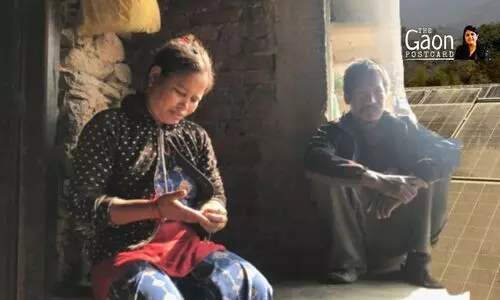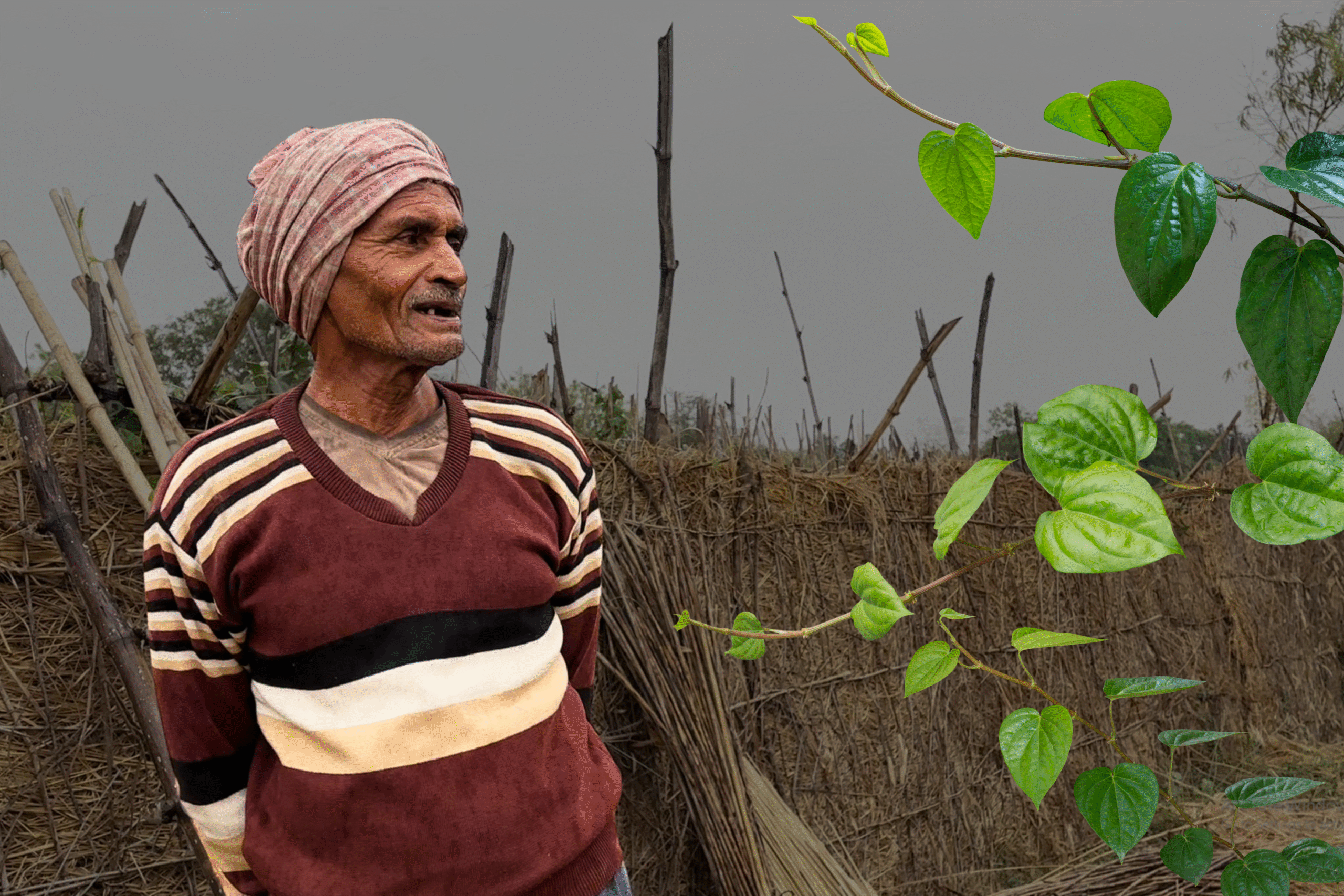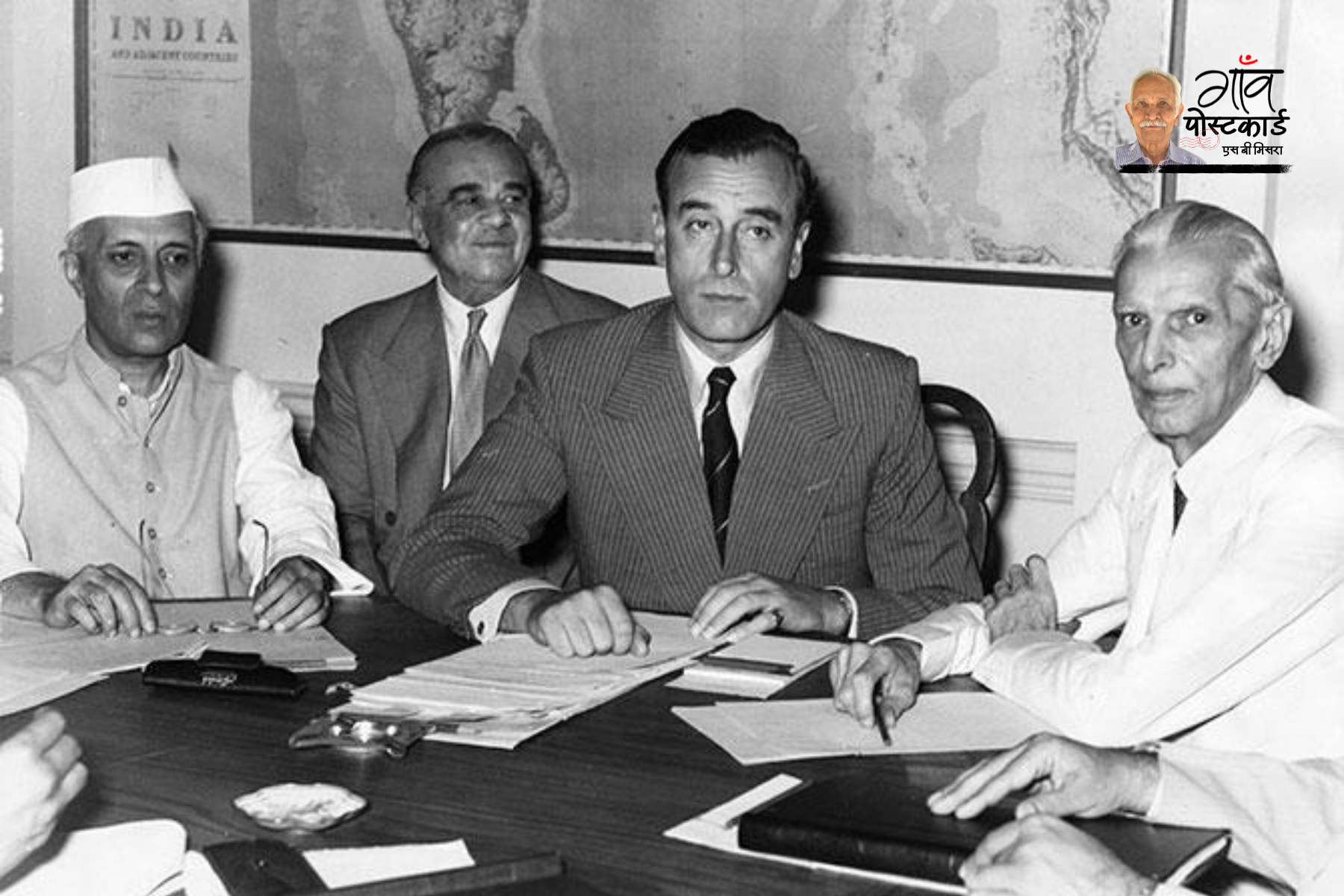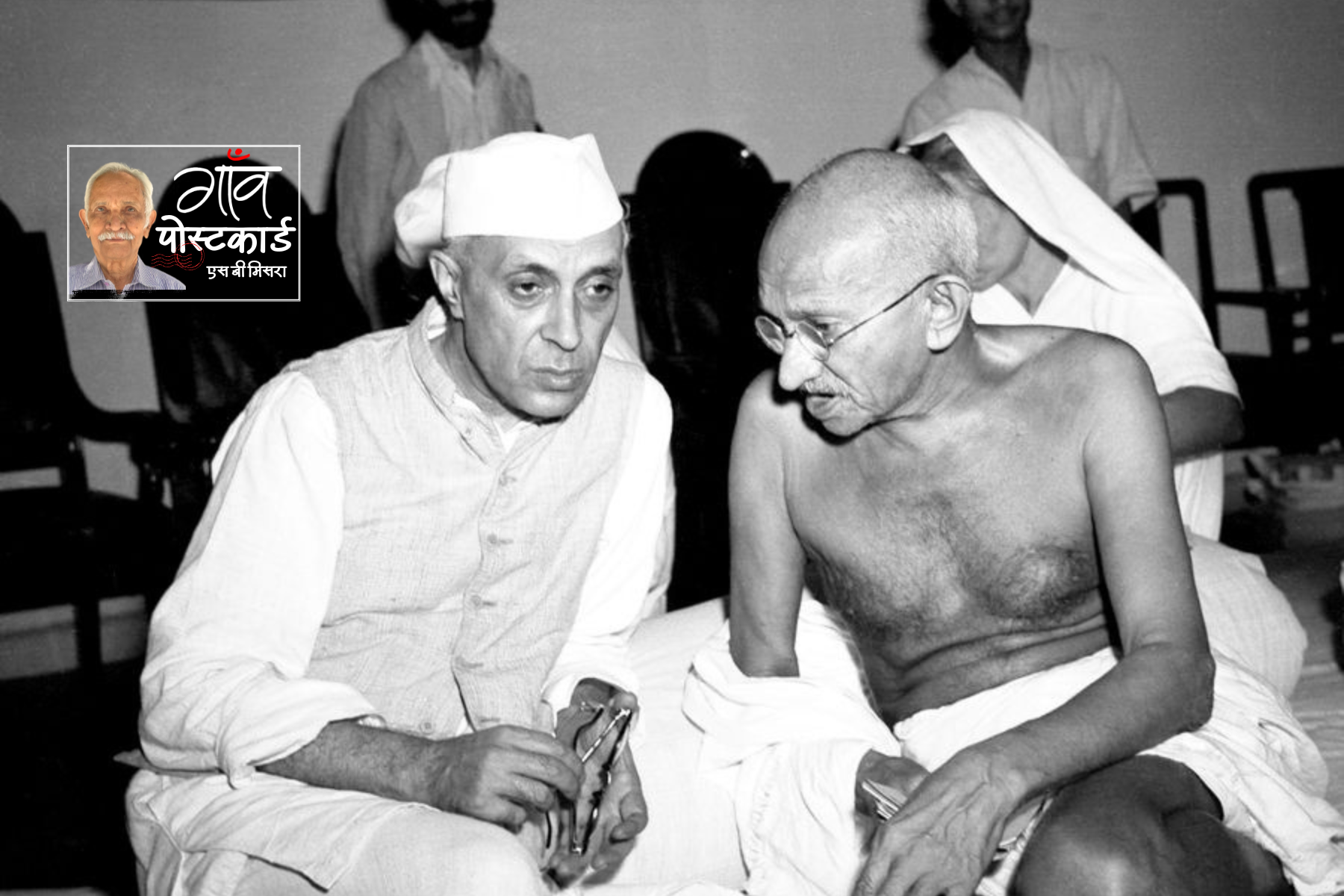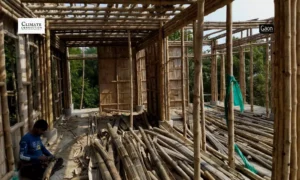Nuwakot, Nepal
She sat on her haunches, feeding firewood into the mud chullah on which she cooked potatoes for her family of five. Her eyes watered, and occasionally she coughed at the puffs of smoke.
This was nothing new as 41-year-old Mithu Rai has been doing this since the time she got married at the age of seventeen.
The walls of her kitchen — made of stones irregularly placed with an asbestos sheet as roof — were covered in soot, just like the lone light bulb that shed a dim light.
One only has to look at the black walls and black roof of this rural kitchen in Nuwakot, Nepal to understand the condition of the lungs of woman who spends a large of her day, every day, cooking on firewood. Indoor air pollution is a silent killer. pic.twitter.com/x4N0MTchFe
— Nidhi Jamwal (@JamwalNidhi) February 23, 2023
As she drew in her breath and bent forward to blow into the chullah to keep the fires burning, I asked Mithu Rai if she had a cooking gas (LPG) cylinder.
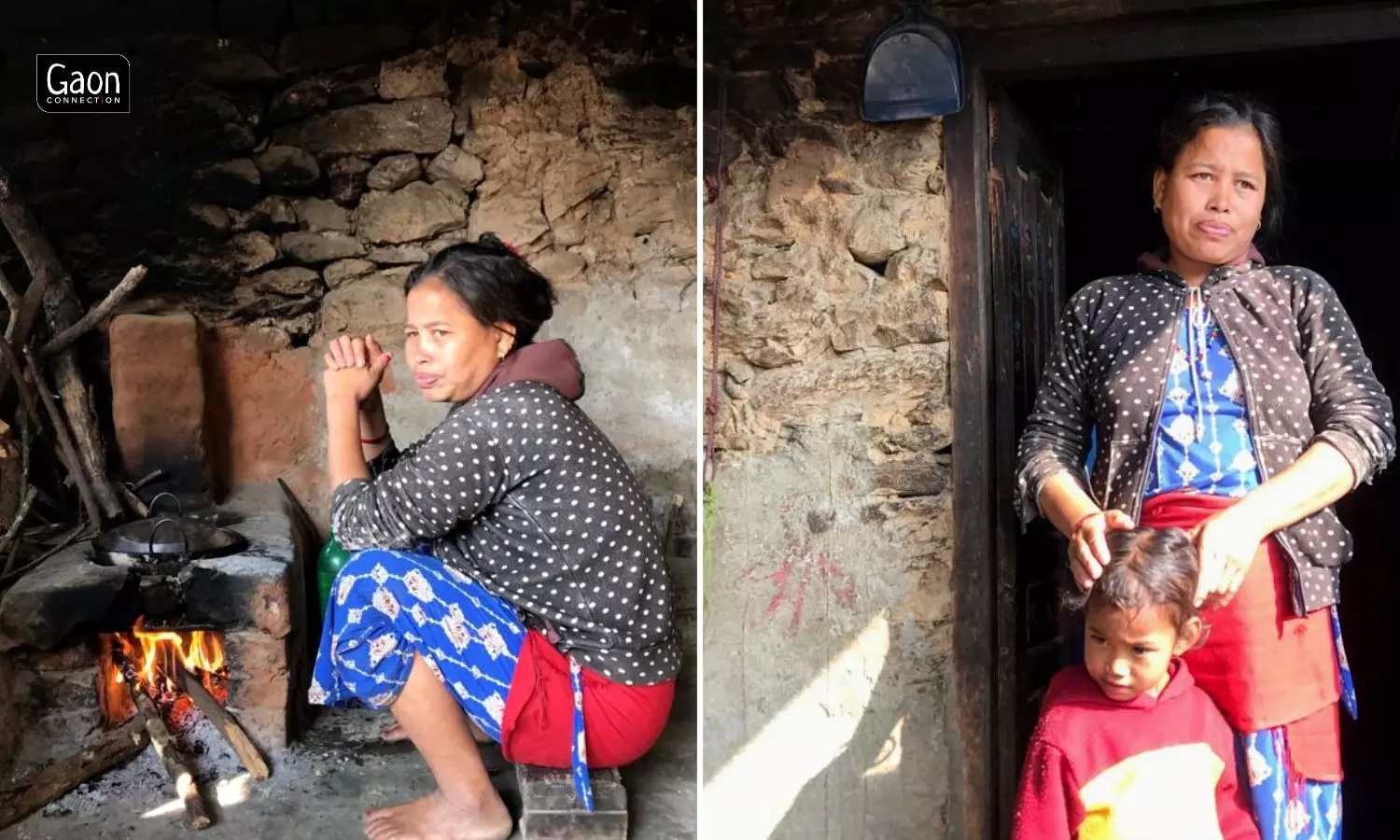
Mithu Rai sat on her haunches, feeding firewood into the mud chullah and occasionally she coughed at the puffs of smoke.
She replied: “It costs Rs 2,000 [Nepali rupees] to refill the cylinder. We don’t have money for it. I bring firewood from the jungle and cook food on the chullah.” For her, family obviously came much before her own health.
Surprisingly, Mithu Rai’s village in Bidur panchayat in Nepal’s Nuwakot district, over 70 kilometres from Kathmandu, was just a stone’s throw from two major power projects — a 25 megawatt peak (MWp) solar project, and the Trishuli Hydropower Project (with its cascade project Devighat Hydropower Station).
But, these development projects, from which electricity is supplied to residents of the capital city Kathmandu, had failed to bring any noticeable change in the lives of the local people. The excess electricity from these hydroelectric projects during the power surplus months of monsoon is even sold to India.
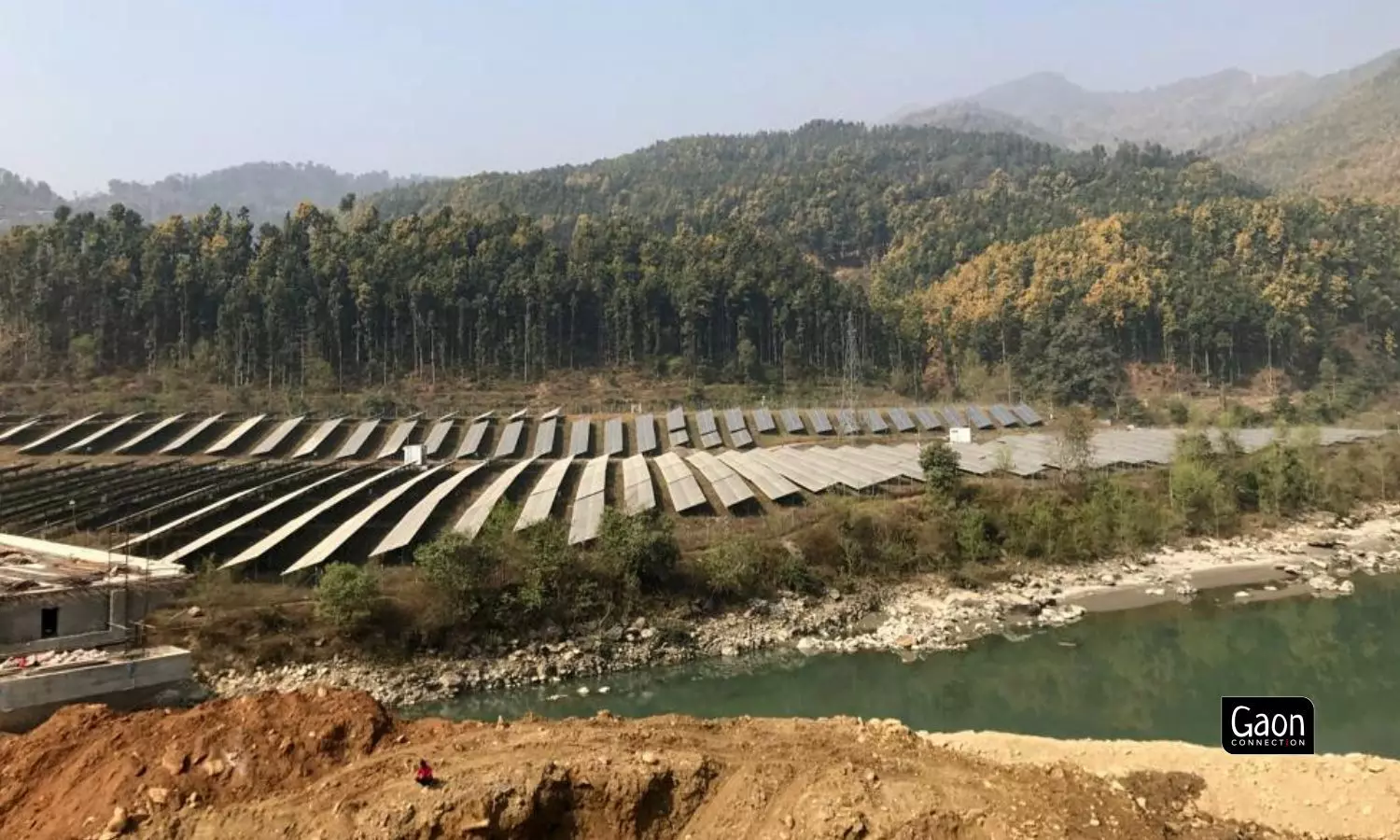
The electricity generated by these projects is evacuated to other ‘important’ cities and urban centres of growth.
In sharp contrast, locally, people like Mithu Rai, whose husband Bishnu Rai worked as a labourer when the solar project was under construction, continue to face an energy crisis in a region that contributes greatly to Nepal’s overall power generation sector.
“What is the benefit of these projects to us? They haven’t improved our lives. We still live in poverty,” said 42-year-old Bishnu Rai. “ I got to work as a labourer at the solar project for just one year when it was being constructed. And, that too for only 15-20 days a month, but earned Rs 700 [Nepali rupees] per day. Now, I am without any job,” he said.
Bishnu and Mithu Rai own three ropan land (0.15 hectare) on which they grow paddy, maize and mustard to feed their family. If rains fail, their crops fail too.
Development projects, such as hydroelectric stations, claim they will bring prosperity to local people and improve their lives and livelihoods. But they rarely do. The electricity generated by these projects is evacuated to other ‘important’ cities and urban centres of growth.
A couple of metres away from Mithu Rai’s one-room house was Bir Bahadur Rai’s home. Till two years ago, he served in the Nepalese army and now worked as a security guard at the 25 MWp solar project, Nepal’s largest and the only government-owned, solar power plant in Nuwakot. It started functioning from January this year.
पहाड़ों में सोलर प्रोजेक्ट
Nepal govt’s first grid-tied solar power plant (25 MWp) in Nuwakot, Nepal. The project became functional from Jan 2023. pic.twitter.com/KOjyaFw436
— Nidhi Jamwal (@JamwalNidhi) February 24, 2023
“Local people never benefit from these projects. I am lucky to have got a job as a security guard at the solar project and earn Rs 18,000-19,000 per month [Nepali rupees]. But our youth are unemployed. At best they worked as labourers when the project was under construction and now are again out of work,” said Bir Bahadur Rai, who has three daughters and a wife and is the only earning member of his family.
He also owns three ropan land and grows foodgrains to feed his family. “We have no irrigation facilities even though we live close to the Trishuli river. We practise rainfed farming,” he added.
A narrow suspension bridge over Trishuli river took me to ward no 4 of Bidur municipality. Sixty-year-old Narayan Kumar Rawal owns a tea shop there in Simchor tola which has about 32 households.
Today’s field work.
Walking on a suspension bridge over Trishuli River, Nuwakot, Nepal. (The bridge was nicely shaking) pic.twitter.com/BMHyCZNvA0— Nidhi Jamwal (@JamwalNidhi) February 23, 2023
“We have no load shedding and that is the only benefit of these power projects in our region. Otherwise there are no other benefits to local people,” said Rawal, who has been running the tea stall for 30 years.
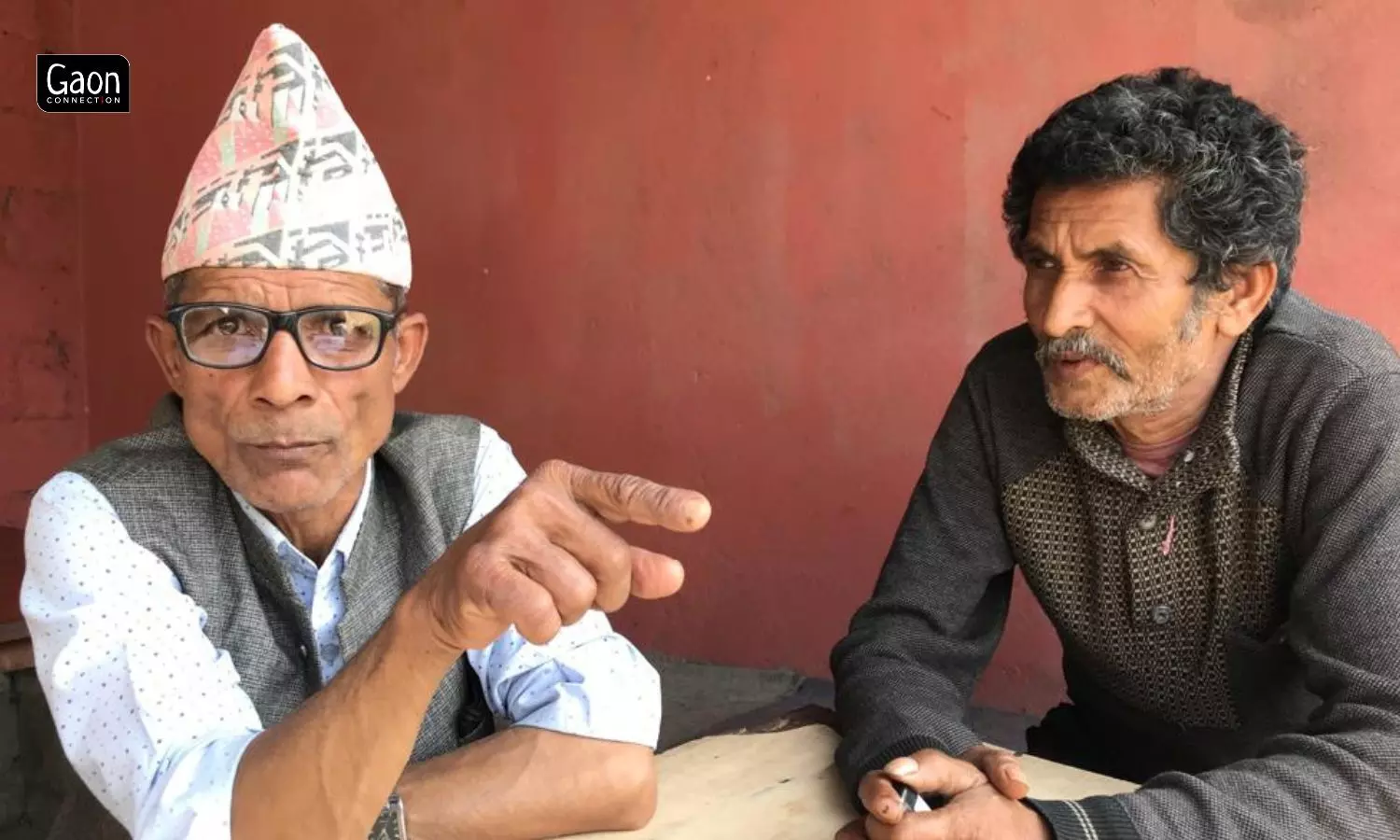
Narayan Kumar Rawal(right) said that no load shedding is the only benefit of these power projects in his region.
“I had two ropan of land but I had to sell it to get my daughters married — three are married and one is unmarried,” he added. “We still fetch our drinking water from Kaali khola and most of our young people are unemployed,” said Rawal.
But there are some villagers like Kedarnath Adhikari from ward no 4 of Bidur who pointed out that these power projects were important for ‘development’.
“They may not provide employment to our people but then there are other benefits such as the bridge that is being constructed over Trishuli river. Otherwise there is only a suspension bridge to cross over to the other side,” he said.
[I noticed how the debris from the under-construction bridge was being dumped right into the crystal clear waters of Trishuli river]
Loknath Himal, who lives in ward 4 of Bidur, seconded Adhikari. “These power projects have benefitted us. Now we have electricity in our homes. Also, earlier people had to travel long distances to get grains processed. But now some small rice mills have come up in villages because there is power supply,” said Himal.
But, on being questioned about employment opportunities to local people, he admitted that the projects had failed to provide jobs to the local youth. “These projects must first offer job opportunities to local people and then only to outsiders. But that has not happened. Yeh thoda sa dukhad hai [It is a bit sad],” he added.
Also Read: Lighting up Nepal’s Future by Marrying its Hydro and Solar Sectors
As Nepal expands its energy sector, more and more power projects are likely to come up. According to Nepal Economic Forum, 96.2 per cent of the country’s installed capacity is from hydropower, 3.7 per cent from thermal, and 0.1 per cent from solar plants.
Nepal’s total electricity production capacity has reached 2,577.48 mega watt (MW), of which 2,492.95 MW is connected to the national grid, while the remaining 84.53 MW is off-grid supply.
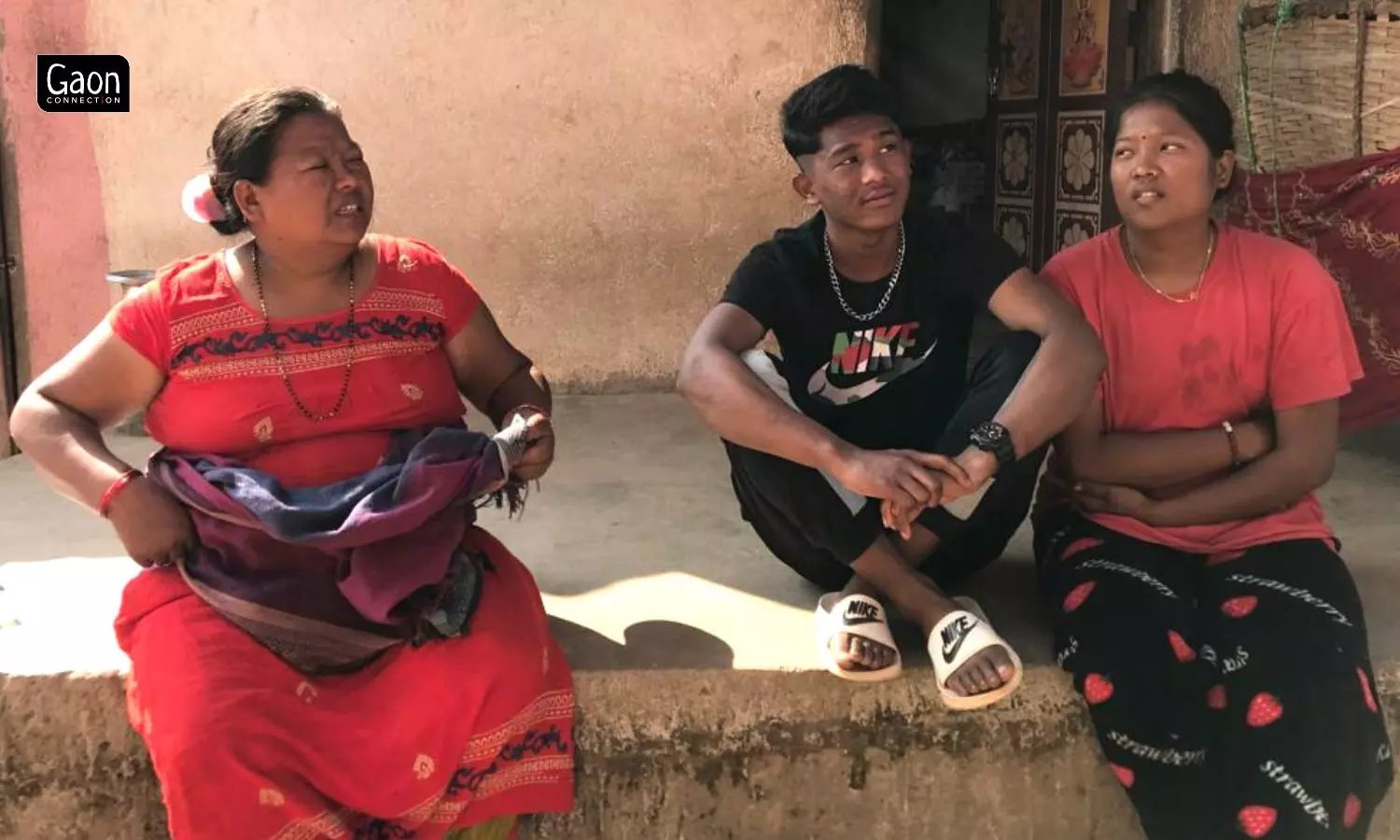
The locals said that these projects must first offer job opportunities to local people and then only to outsiders.
Nepal aims to produce 15,000 MW power by 2030 of which 15 per cent (2,250 MW) is set to be met through renewable energy, including solar and wind energy projects. These projects need to be planned and implemented in such a way that maximum benefits accrue to its local population.
While electricity from these projects is evacuated to Kathmandu or India, local women like Mithu Rai must have access to cleaner fuels for cooking. Development projects must prioritise health and livelihoods of local populations — be it in Nepal, India, or anywhere else in the world. Development has to be ‘just’.
Nidhi Jamwal is Managing Editor of Gaon Connection. Views are personal.

